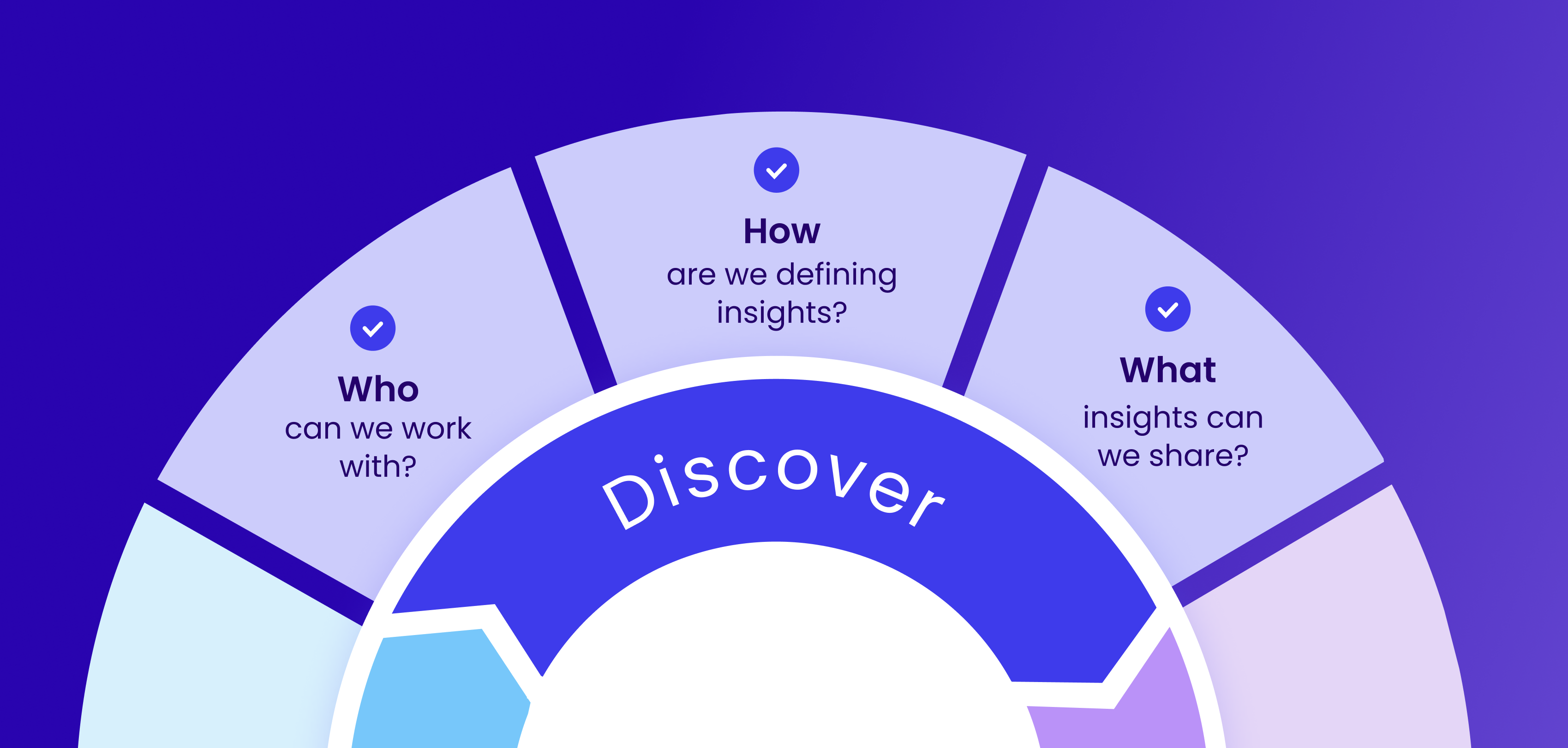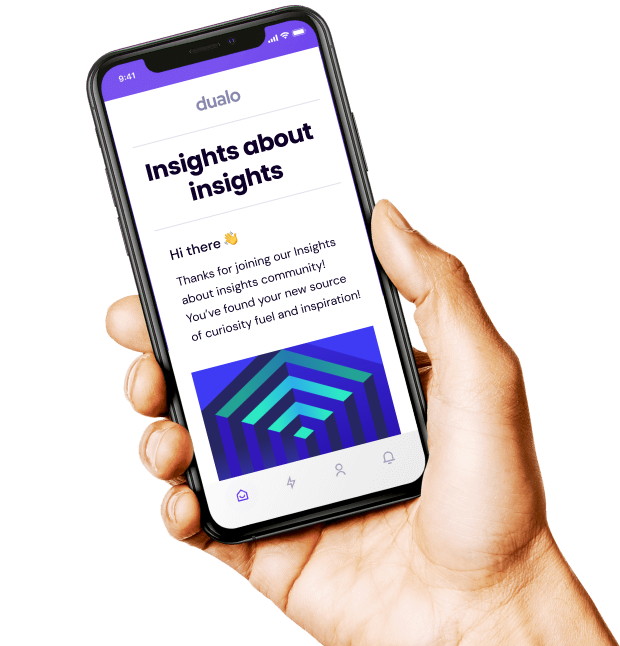Introducing Universal Research: Putting your insights at the centre of organisational intelligence
Insight gathering teams are uniquely positioned to lead the charge toward breaking down knowledge silos and fostering insight-driven decision-making across organisations - but the time is now.



.jpeg)







.svg)


.jpeg)
.jpeg)

